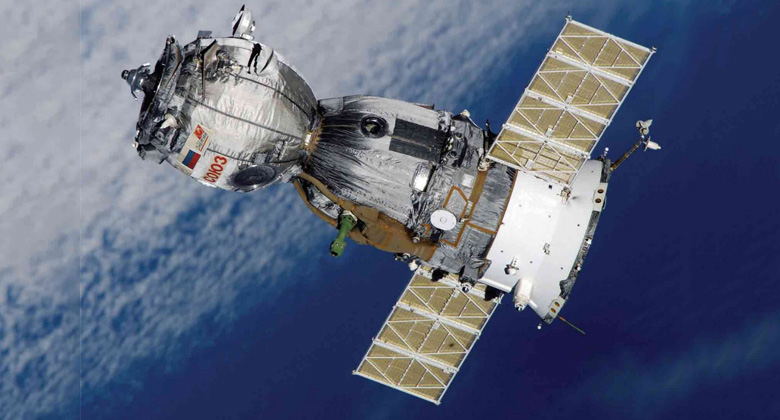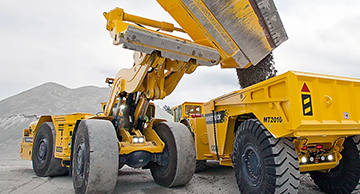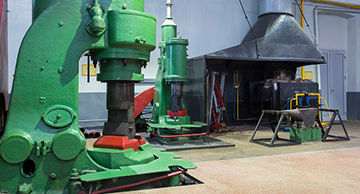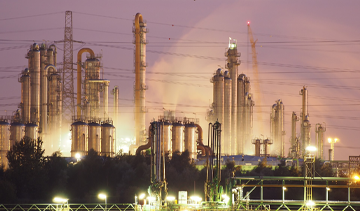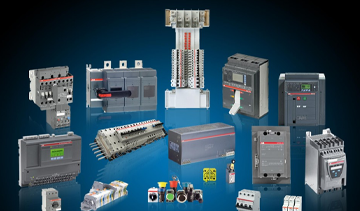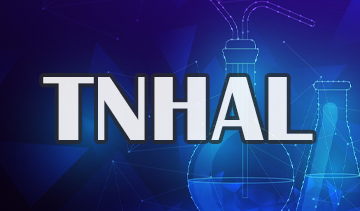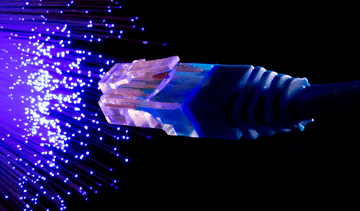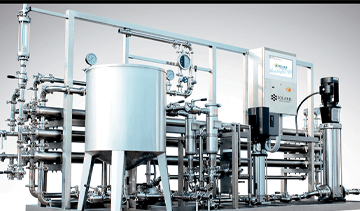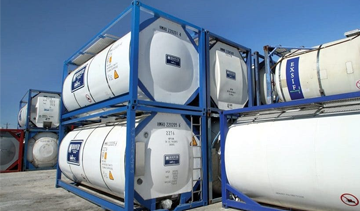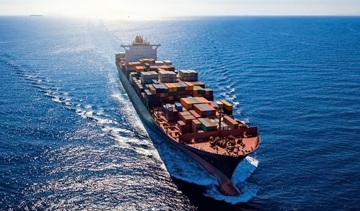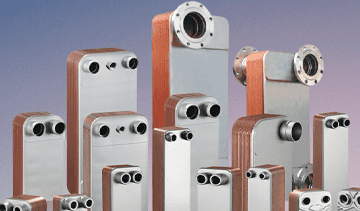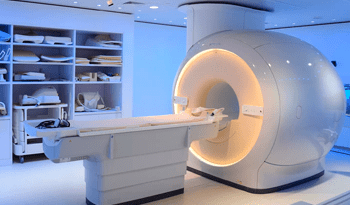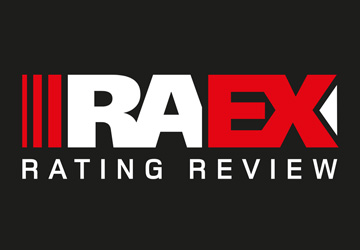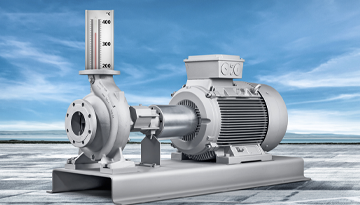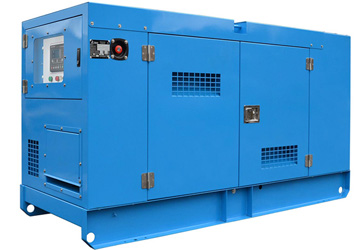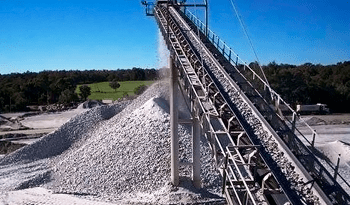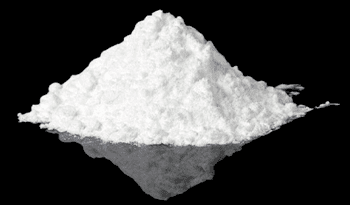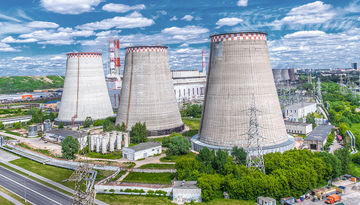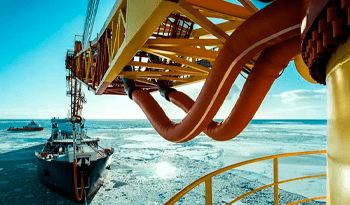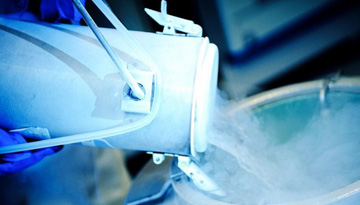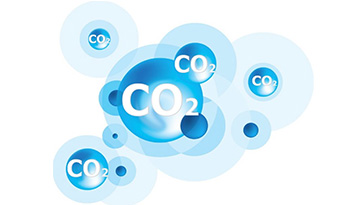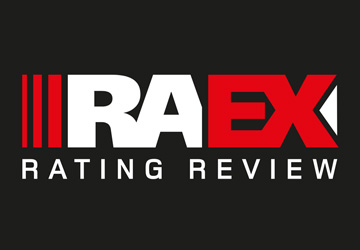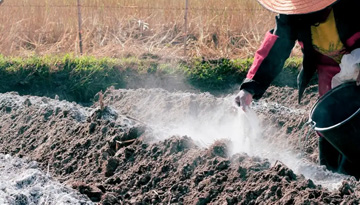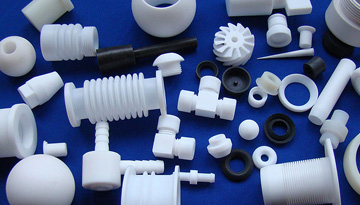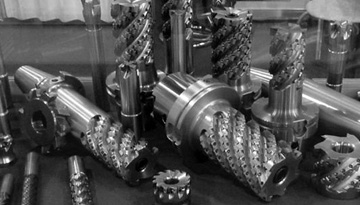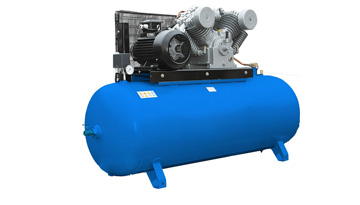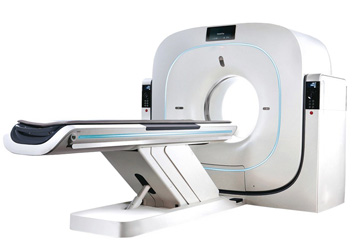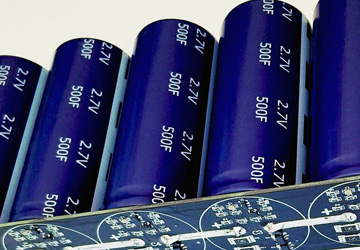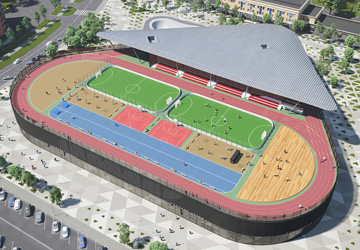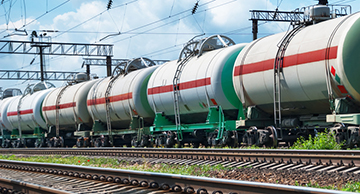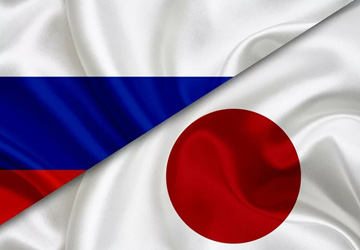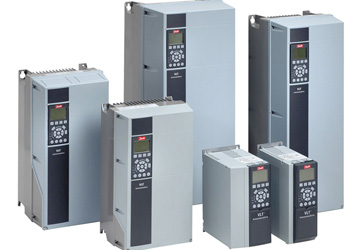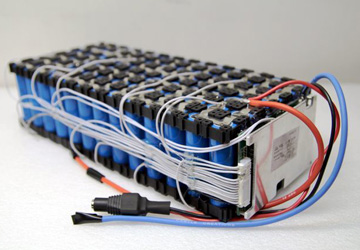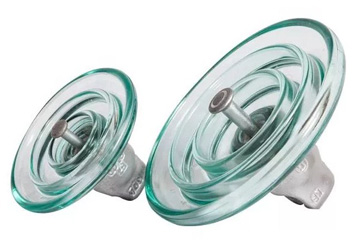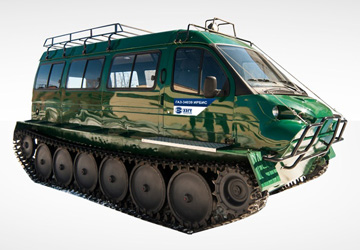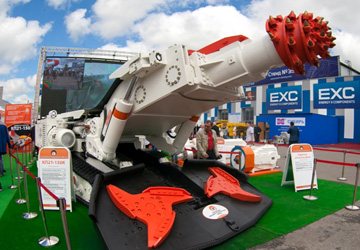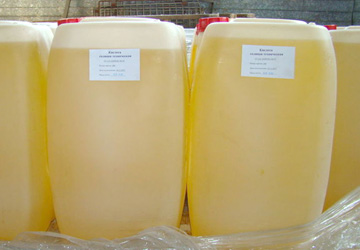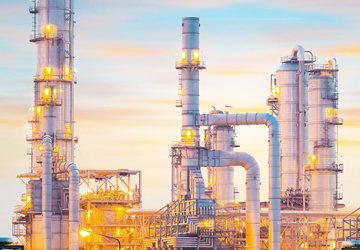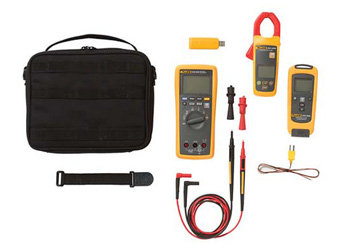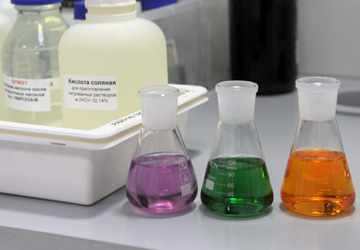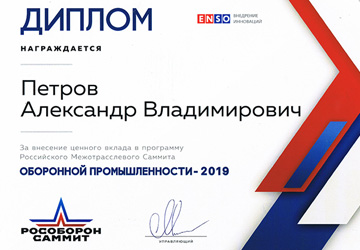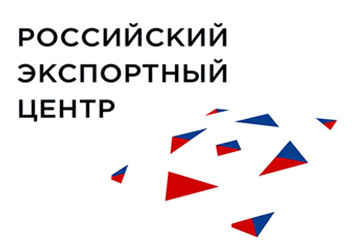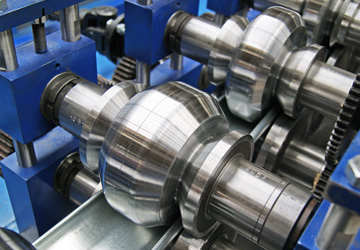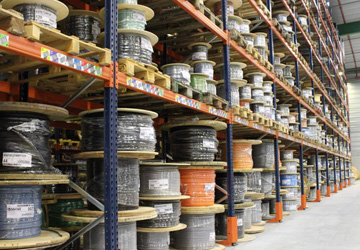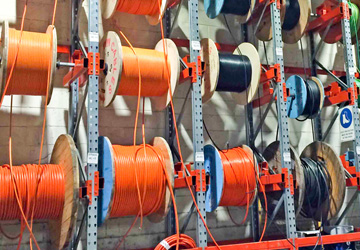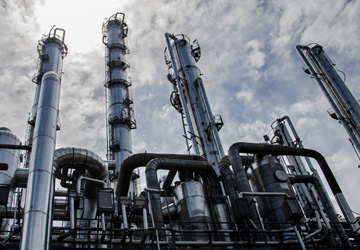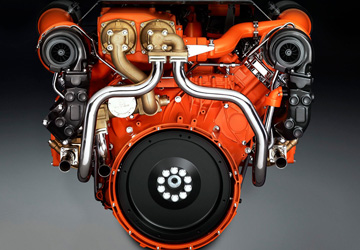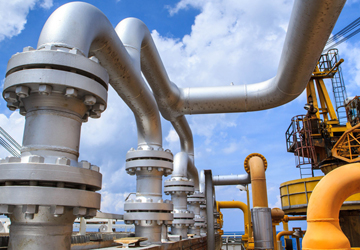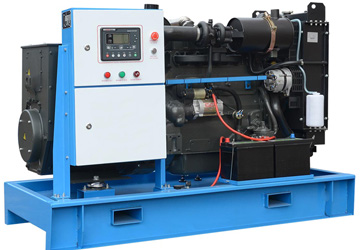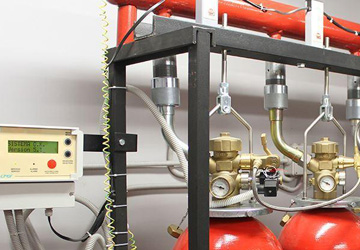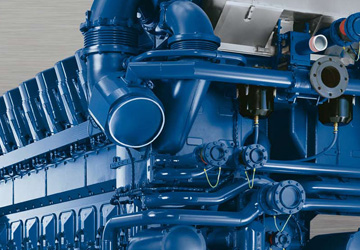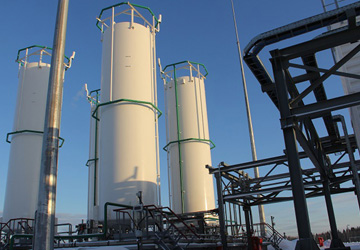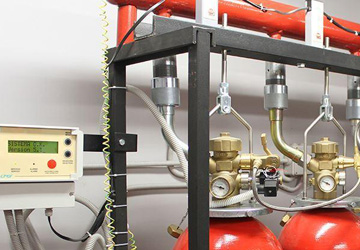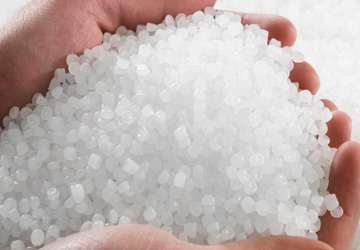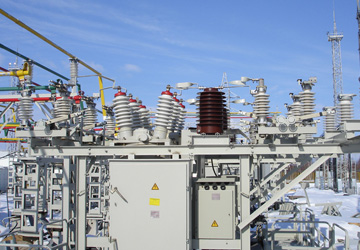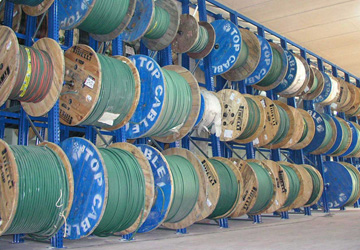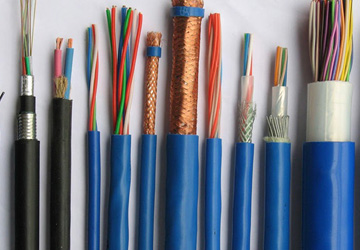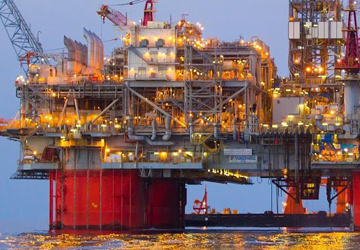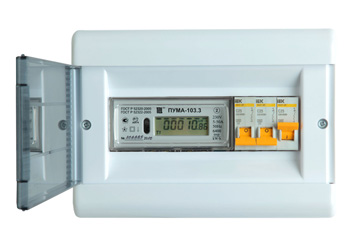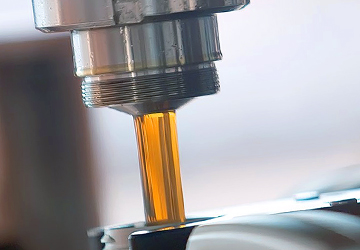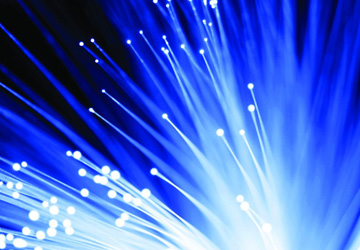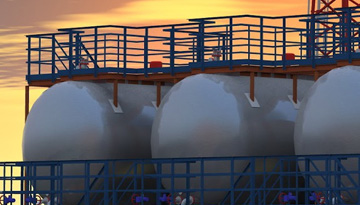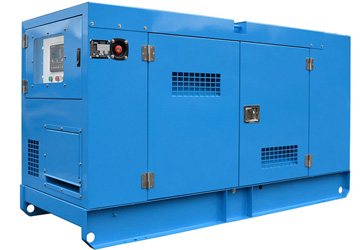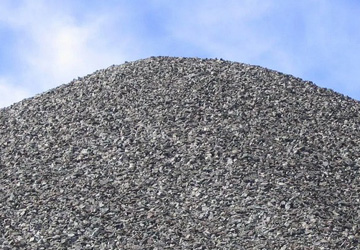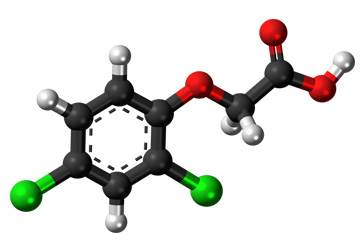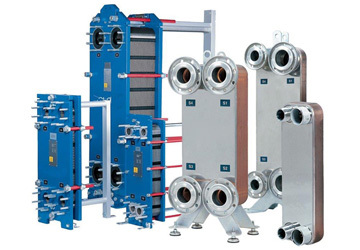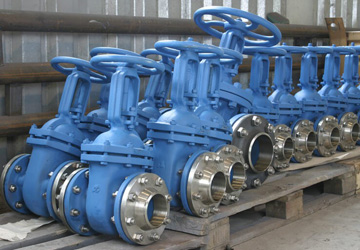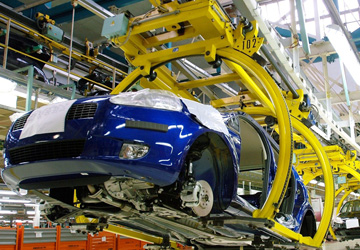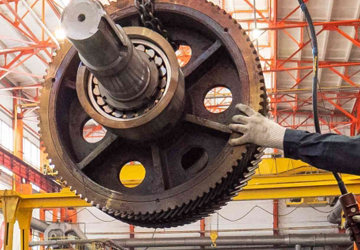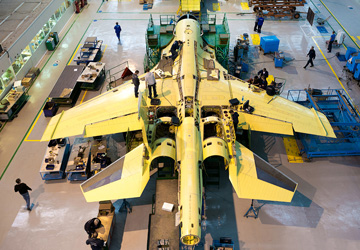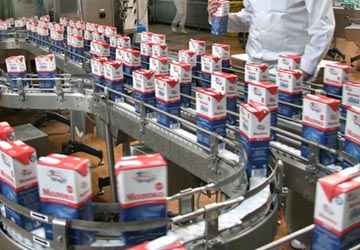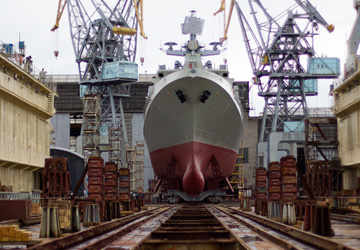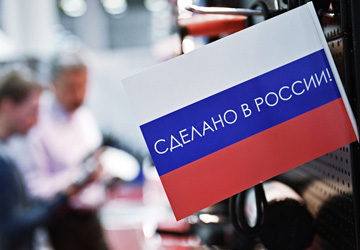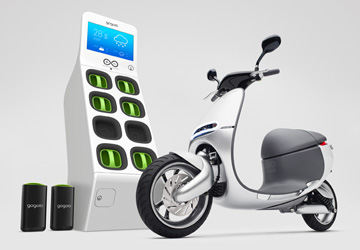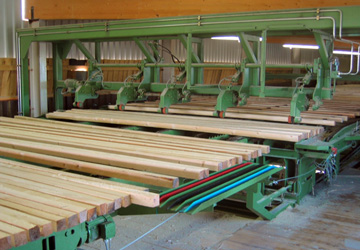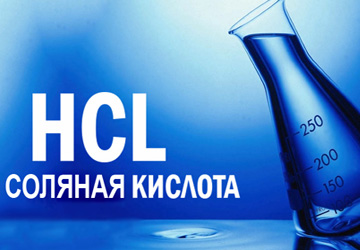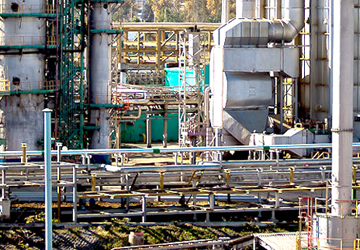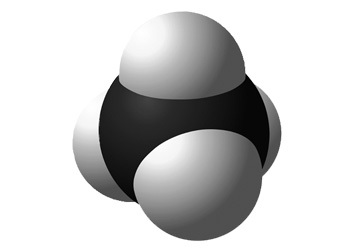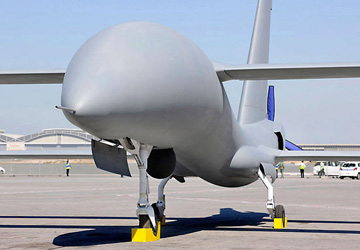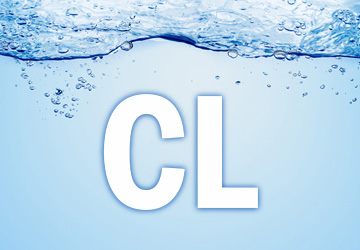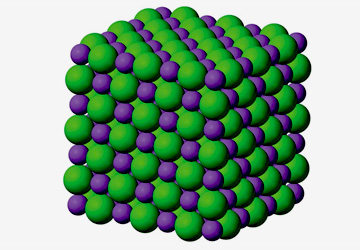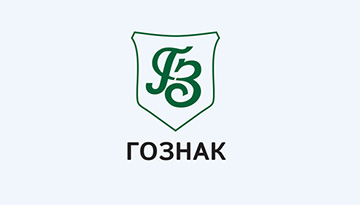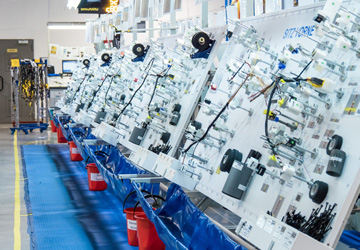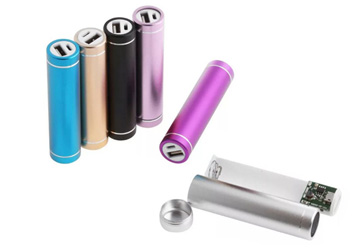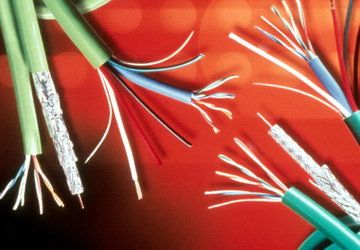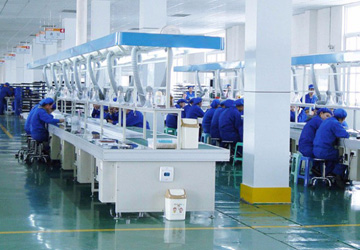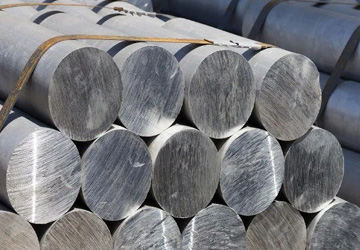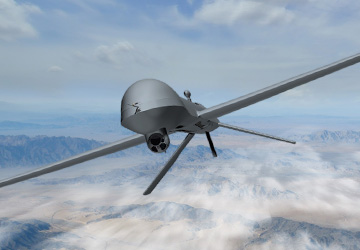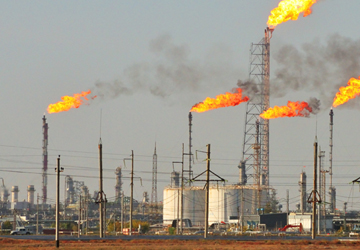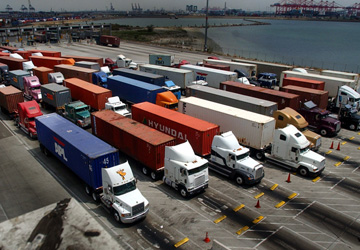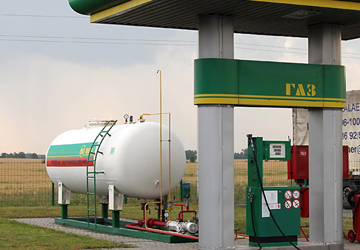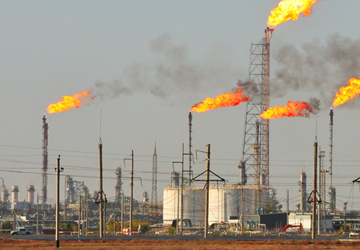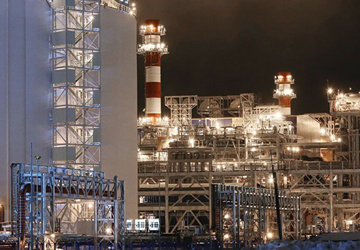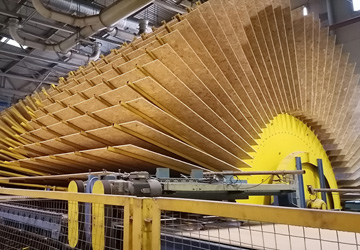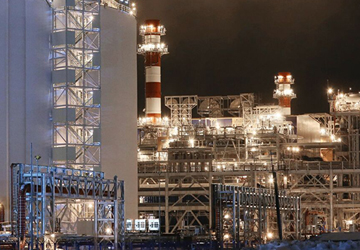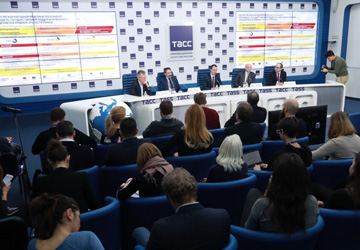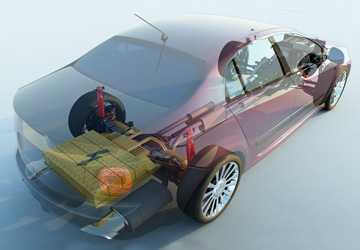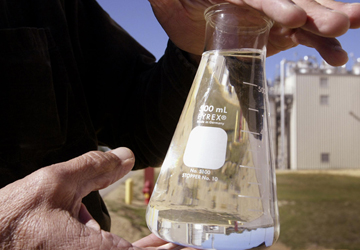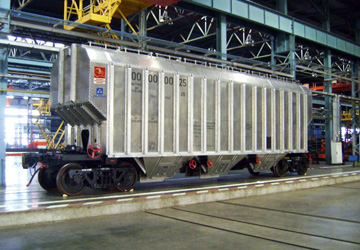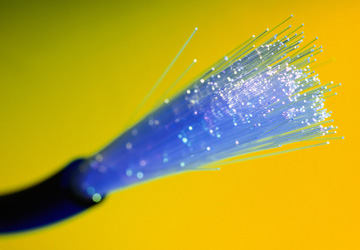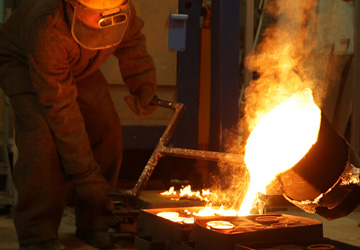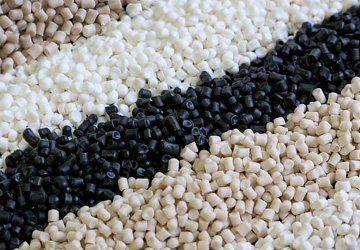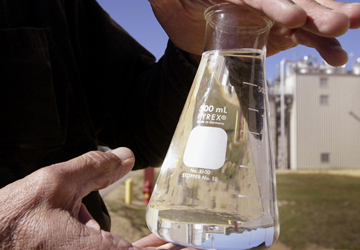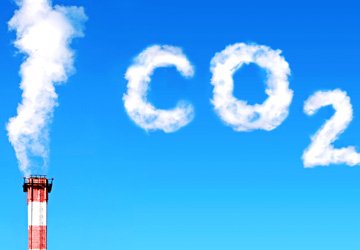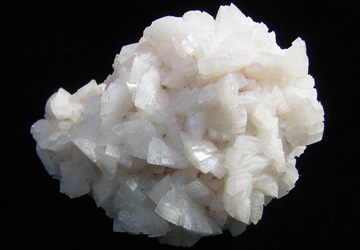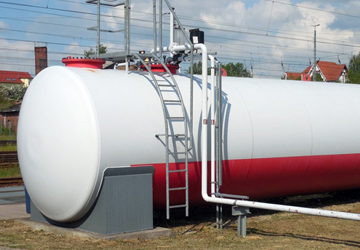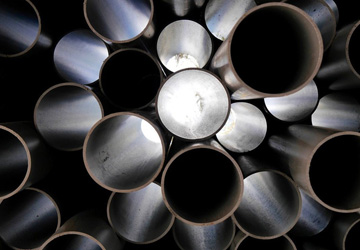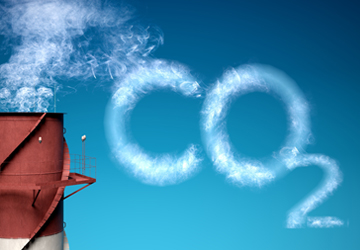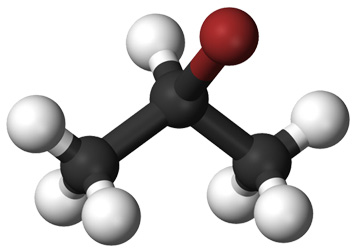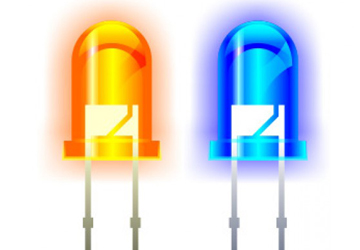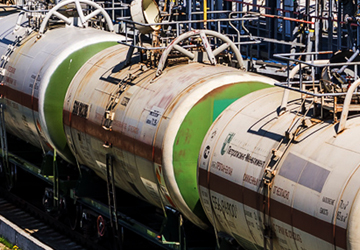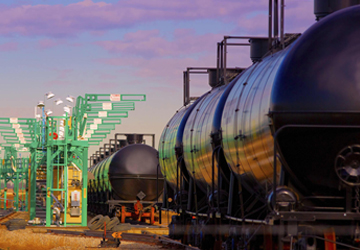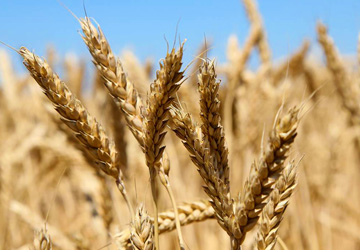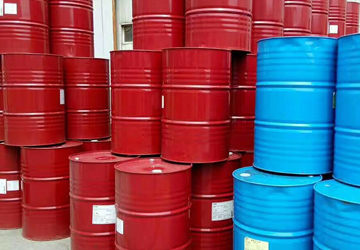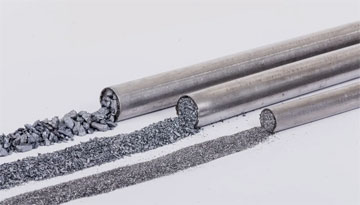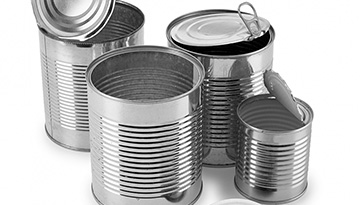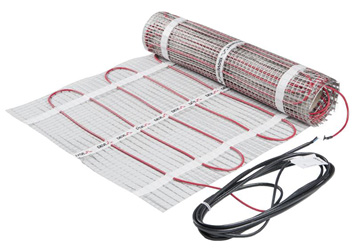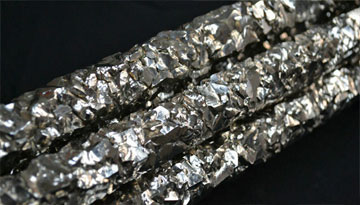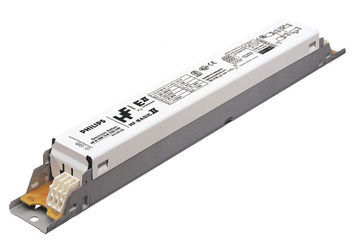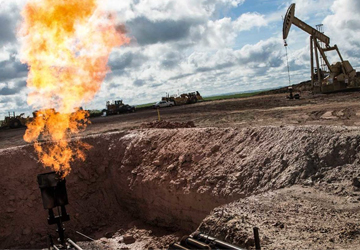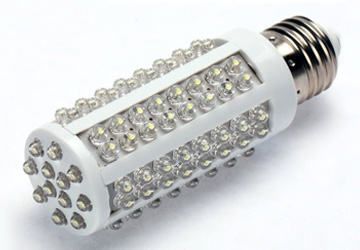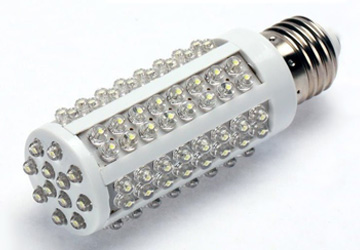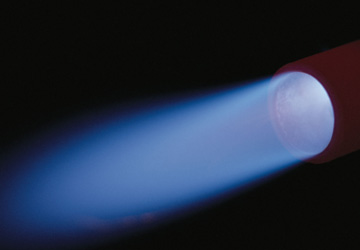Confirmation of the basic production program laid in the project and its margin of strength.
1. General description of the assembly products of the spacecraft (PCK), including communication, KA DZZ, KA meteorological and scientific purposes (hereinafter referred to as MNN)
1.1. Areas of application with classification according to the type of ka and their tactical and technical characteristics, including: in terms of dimensions for large ka (weight more than 1000 kg), medium ka (weight from 500 to 1000 kg), small KA (weight from 100 to 100 to 500 kg), according to the service life of KA. And:
- for the connection of the payload power, the area of use of KA: fixed satellite communications (FSS), mobile satellite radio communications (PSS), broadcasting satellite service (RSC), used frequencies and ranges, type of orbit;
- for KA DZZ: according to the spectral range with the release of radar and optical ka, by spatial resolution, the type of orbit;
- for meteorological ka: according to the area of application, according to the type of orbit.
1.2. Consumer segments of the KA consumer market for each type of KA (in the world and for Russia, including the allocation of state civil, military (except Russia) and scientific sectors, as well as commercial consumers).
1.3. Trends in the development of the consumer market for each type of KA, including segments (retrospective for the period 2005-2014 and forecast until 2031 of the world and regional (Russia, CIS), as well as the market for assembly, integration and testing (Ait services) Ka.
1.4. Analysis of alternative methods/technologies (including promising) providing services for each type of KA, assessment of the prospects for their development (including, but not limited, projects Project LOON, Internet.org, and others using small low -character satellites, balloons , atmospheric satellites / "communication drones", and so on). The dynamics of the market, taking into account alternative methods/technologies of the KA (retrospective for the period 2005-2014 and forecast until 2031 of the world and regional (Russia, CIS). Including:
- for the connection: analysis of alternative types and communication channels, including wired and wireless communication;
- For KA DZZ: analysis of alternative forms of DZZ, including, but not limited to aerial photography and laser scanning.
1.5. Description of the main technologies for the production of various types of KA (description of production chains), including depending on the mass of the KA, service life, payload power, working ranges, permission, etc.
1.6. Analysis of the market of key raw materials (equipment and components) for the production of KA. Features of the choice and application as part of domestic KA electronic component base (ECB) of foreign manufacturers (categories "Space and Industry") based on the current restrictions on their export in the Russian Federation. Ways and mechanisms to solve existing problems in the import of EKB, including the problems of "counterfeit".
1.6.1 Description of the main types of equipment and components for the production of KA communications, KAZ and KA MNN (equipment equipment, platform equipment and more).
1.6.2. The main suppliers and consumers of equipment and components for the production of every type in the world and in Russia (from the point of view of competition for obtaining the necessary equipment of the required quality).
1.6.3. Express analysis of the equipment market and components for the production of each type (dynamics of supply and demand in the retrospect of 2005-2014 and forecast until 2031).
1.6.4. The dynamics of prices for basic equipment and components for the production of KA of each type (retrospective for the period 2005-2014 and forecast until 2031, including segmentation by countries or regional - Russia, CIS, Europe, USA, Asia).
1.6.5. Organization of equipment delivery and components for the production of KA of each type from manufacturers to consumers. Including existing norms and potential delivery restrictions.
2. Description of the demand for ka communication, ka ds, ka MNN and AIT Services
2.1. The main buyers (market segmentation by consumer types, products, for the largest customers, by regions - the Russian Federation, the CIS, Europe, the USA, Asia and Africa).
2.2. The dynamics of demand and development forecast (the dynamics of demand in the retrospective of 2005-2014 and the forecast until 2031 of the world and regional (Russia, CIS).
2.3. Assessment of demand and proposals for AIT services in the Russian Federation and in the world (including a description of the main consumers of services, market segmentation for consumer industries, types of KA, for the largest customers, retrospective for the period 2005-2014 and forecast until 2031) .
2.4. The main market growth drivers:
2.4.1. Economic.
2.4.2. Political.
2.4.3. Technological.
2.4.4. Social.
3. Description of competition in the market for the production of KA of the DZZ, KA MNN, as well as the provision of AIT services
3.1. Description and analysis of the largest competing companies (separately for the international and Russian markets), including, but not limited:
Airbus Defense & Space, Orbital Science Corporation, Ball Aerospace, Boeing, China Academy of Space Technology, Israel Aerospace Industries (IAI), Lockheed Martin OHB Systems, MDA, Thales Alenia Space, ISS OJSC named after Academician M.F. Reshetneva, FSUE "GKNPC named after M.V. Khrunicheva ", OJSC" Rocket and Space Corporation Energy "named after S.P. Koroleva ", NPP VNIIEM, NGO named after S. A. Lavochkin, TsKB-Progress, FSUE" Design Bureau Arsenal "named after M.V. Frunze.
3.1.1. A comparative analysis of the largest competing companies according to the main parameters of business models (including types of products and services provided, production capacity, loading, production / sales, the degree of integration by the creation of added value, sales strategy, market share).
3.1.2. The financial indicators of enterprises as a whole and in the breakdown for each type of product/services provided (revenue, production costs, profitability by EBITDA).
3.2. The ratio of demand and supply (separately for the international and Russian markets in the retrospect of 2005-2014 and the forecast until 2031).
3.3. Description of the chain of the formation of the value of the KA and its main factors, including not only data on the price of the KA, but also the transfer and assessment of factors affecting the cost of the KA in the orbit, including: the cost of attracting investments (loans), the cost of launching and insurance of the launch of the KA .
3.4. The dynamics of prices for KA KA DZZ, KA MNN and the provision of AIT services (in a retrospective of 2005-2014 and forecast until 2031 of the world and regional (Russia, CIS).
3.5. The main factors of competition in the production market and the provision of AIT services (price, quality, duration of the production cycle, additional services, full equipment, know-how, etc.).
3.6. Barriers of the entrance to the market for the production of AIT services and the degree of competition (including technological, financial, organizational and legal, political).
3.7. Analysis of new projects for the provision of communication services and DZZ, including using alternative technologies (current state and forecast until 2031).
3.8. Assessment of the cost of services for the assembly, integration and testing of KA, depending on their type and tactical and technical characteristics, including: large ka (weight more than 1000 kg), medium ka (weight from 500 to 1000 kg), small KA (weight from the mass 100 to 500 kg), the service life of the KA, the power of the payload, working ranges, permission (retrospective for the period 2005-2014 and forecast until 2031 of the world and regional (Russia, CIS).
4. General description of the existing assembly products in the world
4.1. A brief description of the existing assembly products in the world.
4.2. Areas of application with classification according to type and tactical and technical characteristics of the produced KA, including: large kA (weight more than 1000 kg), medium ka (weight from 500 to 1000 kg), small KA (weight from 100 to 500 kg), period KA services, payload power, working ranges, resolution.
4.3. Description of the timing of the creation of assembly products, as well as the assembly dates, depending on their type and tactical and technical characteristics, including: large ka (weight more than 1000 kg), middle KA (weight from 500 to 1000 kg), small KA (mass from 100 to 500 kg), service life, payload power, working ranges, permission.
4.4. Analysis of the market of key equipment.
4.4.1. Description of the main types of equipment necessary for equipping assembly production and work on assembly, integration and testing of KA.
4.4.2. The main suppliers and consumers.
4.4.3. Express analysis of the equipment market (the dynamics of supply and demand in retrospect for the period 2005-2014 and forecast until 2018).
4.4.4. The cost of key equipment (retrospective for the period 2005-2014 and forecast until 2018, including segmentation by regions - the Russian Federation, CIS, Europe, USA and Asia).
4.4.5. Organization of equipment delivery (from the manufacturer of equipment to the creators of assembly production), including a description of the current norms and potential delivery restrictions.
4.5. Analysis of new projects in the industry, including a description of the applied technologies, the scale of projects, implementation conditions, layout solutions.
5. General information
5.1. Description of the research methodology.
5.2. Description of the main sources of information with the application to the report (if applicable).
6. General description of the services provided by communication, KAZ and KA MNN, including in comparison with systems using alternative new technologies - Project Loon, Internet.org projects, and others
6.1. Areas of application, including:
- for KA of communication: FSS, PSR, RSC, frequencies and ranges used;
- for KA DZZ: the field of application of radar and opticals of different ranges and resolutions.
6.2. Services market segments (in the world and for Russia, including the allocation of state civil, military (except Russia) and scientific sectors, as well as commercial consumers).
6.3. Market development trends in the Russian Federation and the world.
6.4. Description of the demand for communication services (including the FSS, PSR, RSS), the services of the DZZ, the services of KA MNN, taking into account the development and prospects of alternative projects for the provision of services - projects Project LOON, Internet.org, and others using small low -character satellites, air Sharov, atmospheric satellites / "communication drones" and so on.
6.5. The main consumers in Russia, the CIS, Europe, the USA, Asia and Africa (market segmentation for consumer sectors, types of services, for major customers), including: the Ministry of Emergencies and the corresponding departments and services in various states, scientific and educational institutions, cartographic cartographic institutions. Services, oil and gas sector and other industries of natural resources, sea transport in areas with complex navigation conditions.
6.6. The dynamics of demand and the forecast for the development of markets for communication services, DZZ and MNN until 2031 (including the growth rate of the retrospective for the period 2005-2014 and the forecast until 2031 of the world and regional (Russia, the CIS), including taking into account the development of the development and the prospects of alternative services for the provision of services - Project LOON, Internet.org projects, and others using groups of small low -organ satellites, balloons, atmospheric satellites / "communication drones" and so on.
6.7. The main market growth drivers:
- Economic.
- Political.
- Technological.
- Social.
7. Description of the state of the market for the provision of satellite communication services, DZZ and services of KA MNN.
7.1. Description and analysis of the largest organizations (in the international and local (Russian) markets), including:
- in terms of the provision of FSS services, among other companies: Intelsat, Eutelsat, SES, GPKS, GKS, Telesat;
- in terms of the provision of PSR services, among other companies: Inmarsat, Iridium, Globalstar, Thyraya, Morsvyaznatnutnik, Iridium Communist, GTNT, Globaltel, Moscow Teleport;
- in terms of the provision of RSC services, among other companies: Intelsat, Eutelsat, SES, GPKS, GKS, Telesat;
- in terms of providing services for access to the Internet via satellites;
- regarding the provision of DZ services, among other companies: NASA and United States Geological Survey, European Space Agency and Agency of European countries, -Indian space agency, Kari, Federal Space Agency (NC OMZ Russian Space Systems), Digital Globe , AirBus Defense and Space, e-GEOS, Image Sat, Black Bridge, Deimos Imaging, DMCii, Skybox maging, Planet Labs, Urthe Cast, а также другие операторы и дистрибьюторы данных КА ДЗЗ и крупнейшие организации оказывающие услуги на базе данных ДЗЗ (в including planned for deployment).
7.1.1. A comparative analysis of the main parameters (types, volume and composition of the services provided, degree of integration, sales strategy, market share)
7.1.2. Financial indicators (revenue, cost of services, profitability by EBITDA).
7.2. The ratio of supply and demand for services of the FSS, PSR, RSC, services for access to the Internet, the services of the DZZ, the services of the KAI MNN in the Russian Federation, the CIS, Europe, the USA, Asia, Australia and Africa (retrospective for the period 2005-2014 and forecast until 2031 of the year).
7.3. Description of the chain of creation of value (from the supplier of the service to the final consumer).
7.4. The dynamics of prices for the services of the FSS, PSR, RSC, Internet access services, DZZ services, KA MNN services in the Russian Federation, CIS, Europe, USA, Asia, Australia and Africa (retrospective for the period 2005-2014 and forecast until 2031) .
7.5. The main factors of competition in the market (including: price, quality, complexity (additional service, full equipment, know-how, etc.).
(including technological, financial, organizational and legal, political).
Until 2031).
8. General information
8.1. Description of the research methodology.
8.2. Description of the main sources of information with the application to the report (if applicable).
Other requirements
The participant must preferably have experience and/or participation in international forums and conferences in the field of space activity and the provision of satellite services;
The participant must preferably have experience in the release of periodicals and ballots in the field of space activity;
The participant preferably has experience in performing work for satellite communication operators from a large world four (Intelsat, SES, Telesat, Eutelsat).

